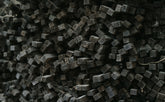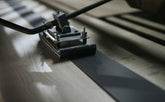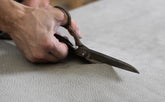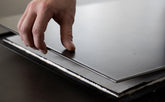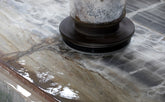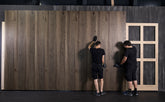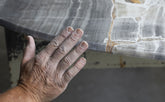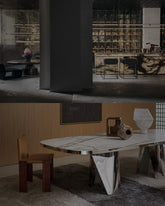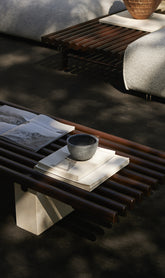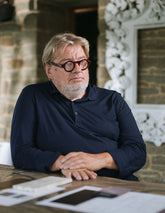
Here is how Rolandas Kliučinskas define himself and his idea of interior design.

What is the guiding theme or recurring motif in your work?
The guiding theme in my work is always shaped by my clients' expectations and dreams, both explicit and implicit. These aspirations unlock a world of possibilities, breathing life into spaces and stories. This approach paves the way for diversity and the success of each project.
Could you tell us about the details of the interior design projects you're currently working on? What are the challenges and satisfactions you're encountering?
I'm currently working on projects in Almaty, Kazakhstan and Zermatt, Switzerland. The first involves reconstruction of residential building for two clients, each featuring a completely different mood. I enjoy the challenges posed by each client's unique personality, always a source of inspiration and satisfaction. For instance, the Almaty projects, despite being in the same building, are strikingly different. Both projecta have been carried out with the close support of Interni, featuring products from brands like Ceccotti, Edra, Henge, Giorgetti, Officine Gullo, Vasselletti, among others. Since both apartments share a facade pf the same building, the glass facade's special "no border view" design has no industrial impact on the interiors. The chalet in Zermatt features a traditional English interior with the Swiss chalet style. It's unusual but deeply personal, reflecting the client's masculine personality with a hint of "XO".
How do travel and exposure to different sultures influence your approach to design? From your perspective, what are the most significant variations in tastes and living preferences in different parts of the world?
Architecture and culture are interdipendent and inseparable. Architecture forms part of each community's identity and embodies its culturalheritage. Since 2000, I've been working far from my native Lithuania, in both the EU and Asia. The diverse countries, continents, climates, seismic zones, cultures, historical heritages and family traditions I've encountered have added value to my projects. These differences impact on funcional planning, architecture, interiors, building contrsuction, engineering, solutions, approaches to comfort, social status and more. It's challenging to neatly summaries such a broad topic.
You've developed a very close working relationship with Interni. Could you tell us how this partnership came about and what are the main added values that Interni brings compared to other operators in the design and furnishing field?
My profession is inherently multidiscipilnary. Between a project's inception and dinal implementation, there are numerous steps. Working with INTERNI is a crucial part of this process. Their ability to provide a professional selection of top italian furnishings, materials, producers and craftspeople for creation, production, delivery and assembly is unparalleled. This is invaluable for my work. In each project, Interni's support begins at the early concept stage, helping to visualise the desired materials and technologies. At INTERNI's atelier, almost all information is accessible , including catalogues, samples and factory visits. When developing ideas for a project, a client's visit can refine the general style by experiencing the showroom firsthand, testing, touching and seeing the options. This is extremely important and saves time, ultimately resulting in the best outcome.
Today, design extends well beyond physical objects, embracing artificial intelligence, design thinking, the Internet of the Things and much more. How do you integrate technology into your projects and what impact has it had on your way of working?
The Internet, AI, technology and the vast array of materials are all part of my palette, which is generally limitless. I prefer the philosophy of "more is more". In today's world, industrial influence is ubiquitous, imposing restrictions on our daily lives. Everything depends on how we utilise new technologies while preserving the benefits of customisation and craftsmanship to create unique design elements. I welcome new tools with open arms.
How does your decision-making process develop when choosing the main design pieces for your projects? What criteria do you use to ensure that each element integrated perfectly into the overall context?
A project is the evolution of a specific story, developing from the initial idea to its realisation. Interaction with the client begins when selectiong architectural solutions, materials and technological scenarios. This creates a tailored palette for each individual project. The paòette forms the common language between client and architect.
A word of term that you think is overused in your field?
Modern. It's impossible to encapsulate the language of architecture in a single word.
What are your future projects and plans? Are there any particular trends or innovations in the field of design that especially attract you?
We live in a fascinating era. New technologies offer us almost limitless opportunities, and the challenge lies in being creative enough to utilise them. What was considered "standard" just five years ago now seems outdated, primarily due to new technological advancements. Moreover, not only technology solutions are significantly altering project briefs. The "cocktail" of future living is still being formulated, but its ingredients are already present.

